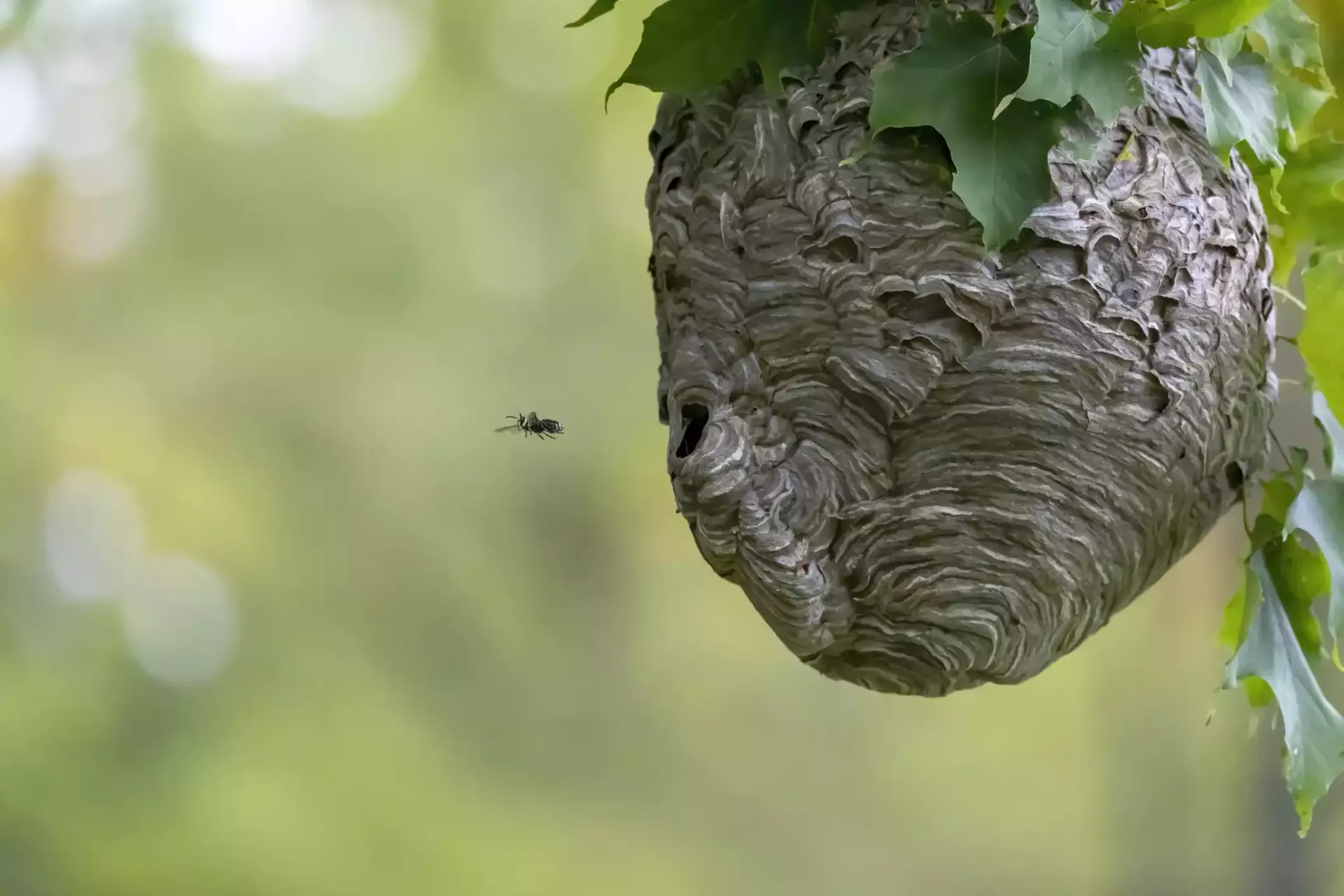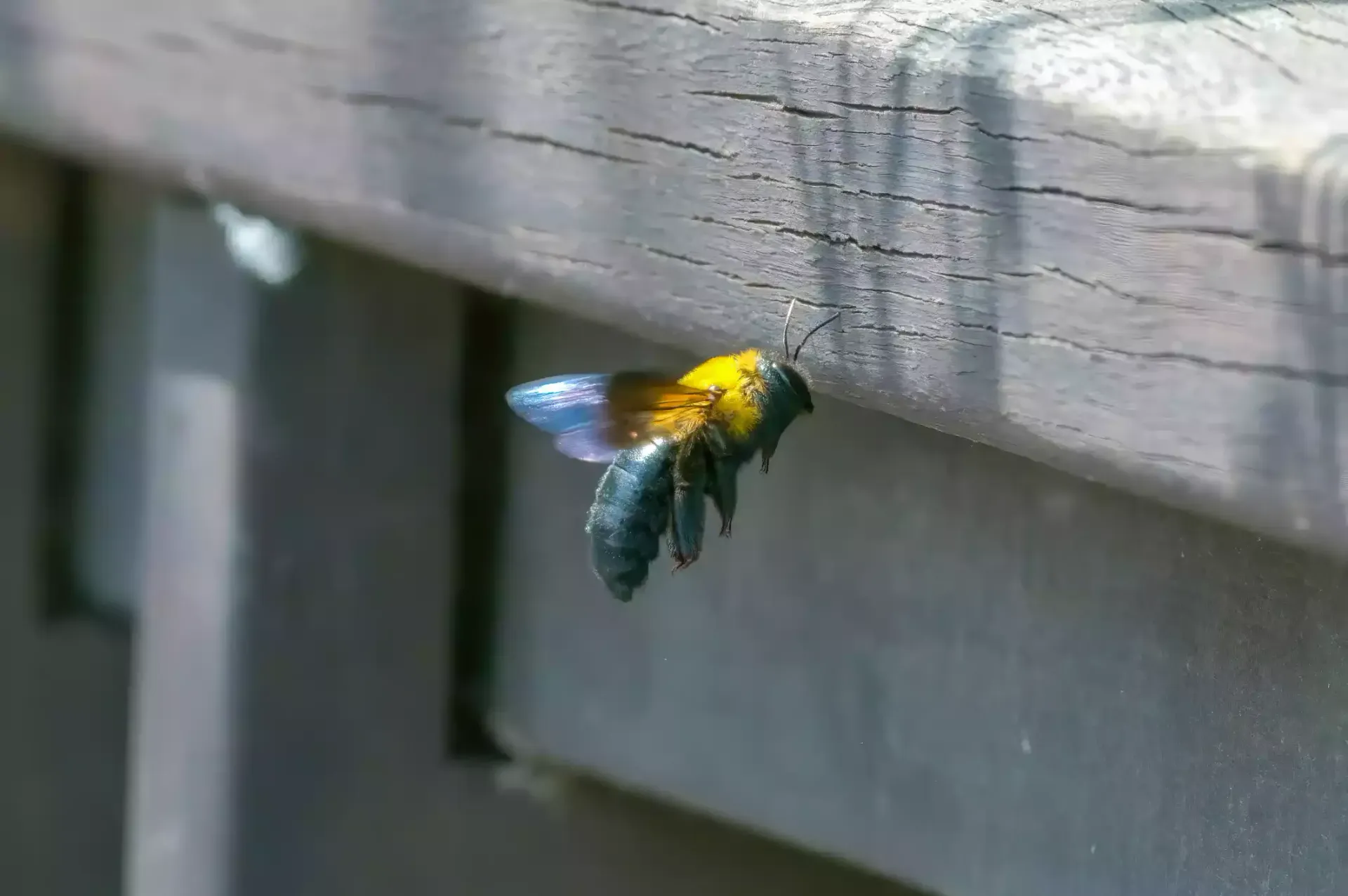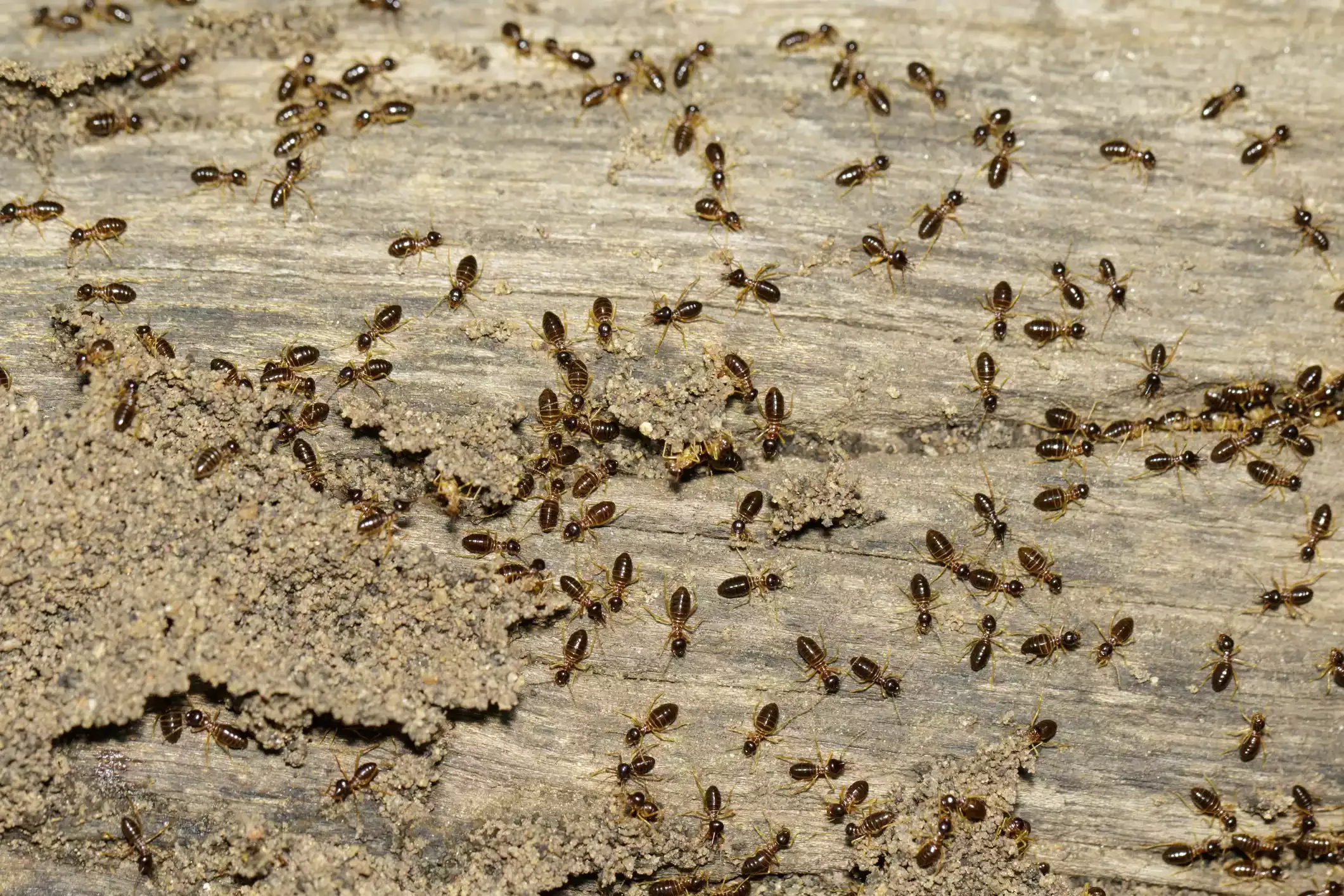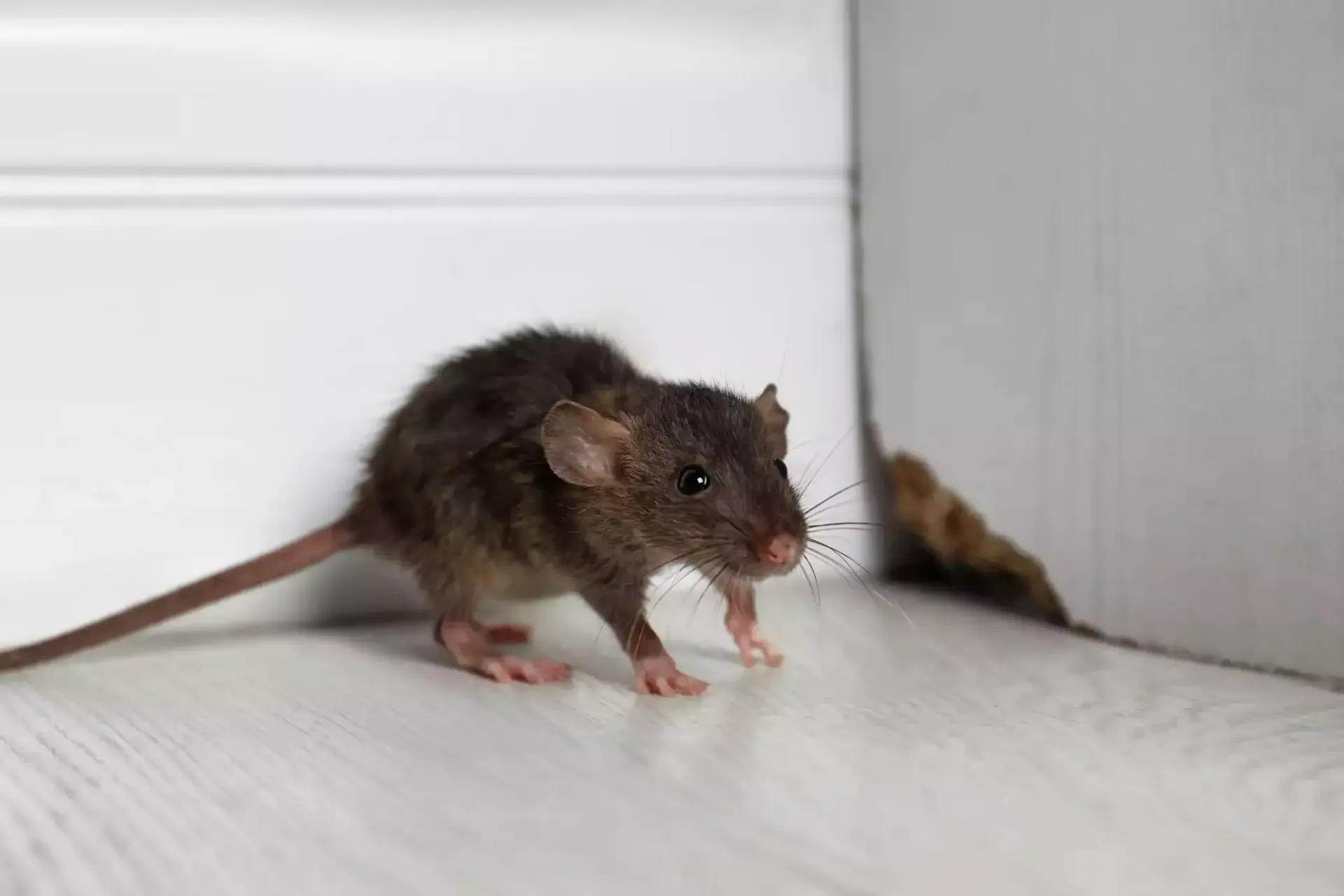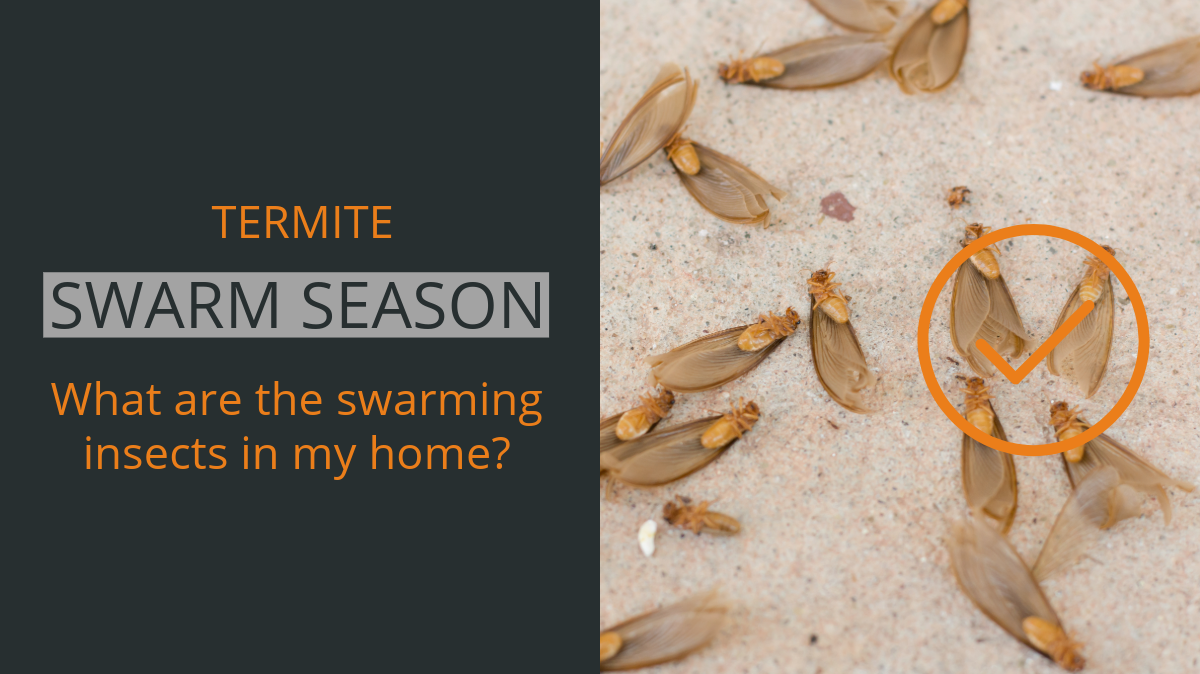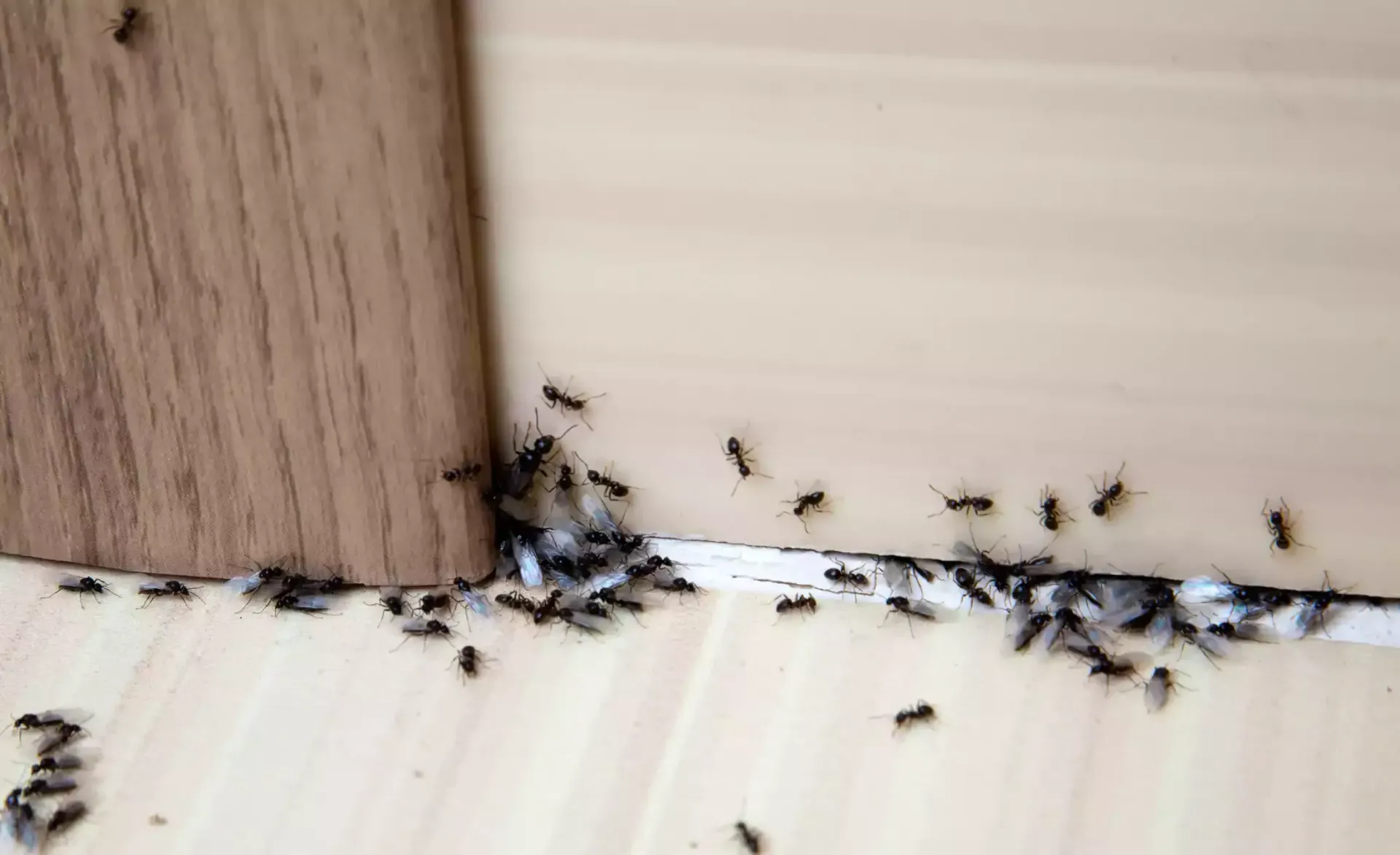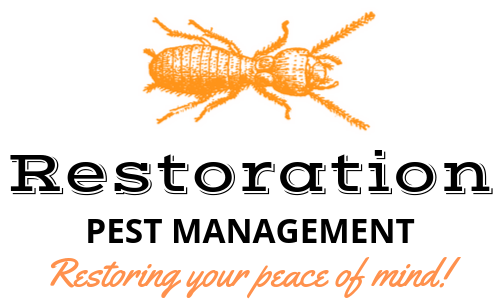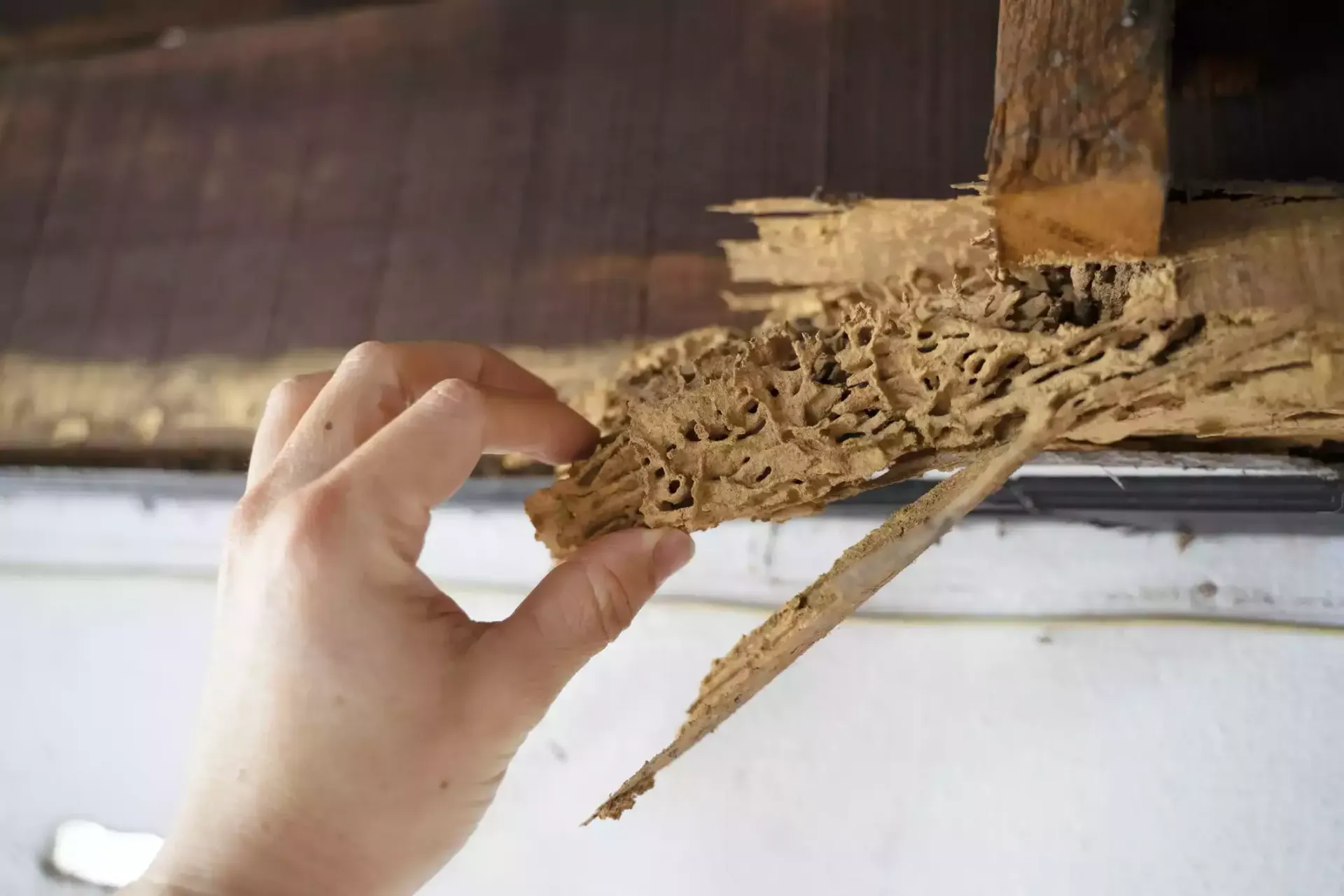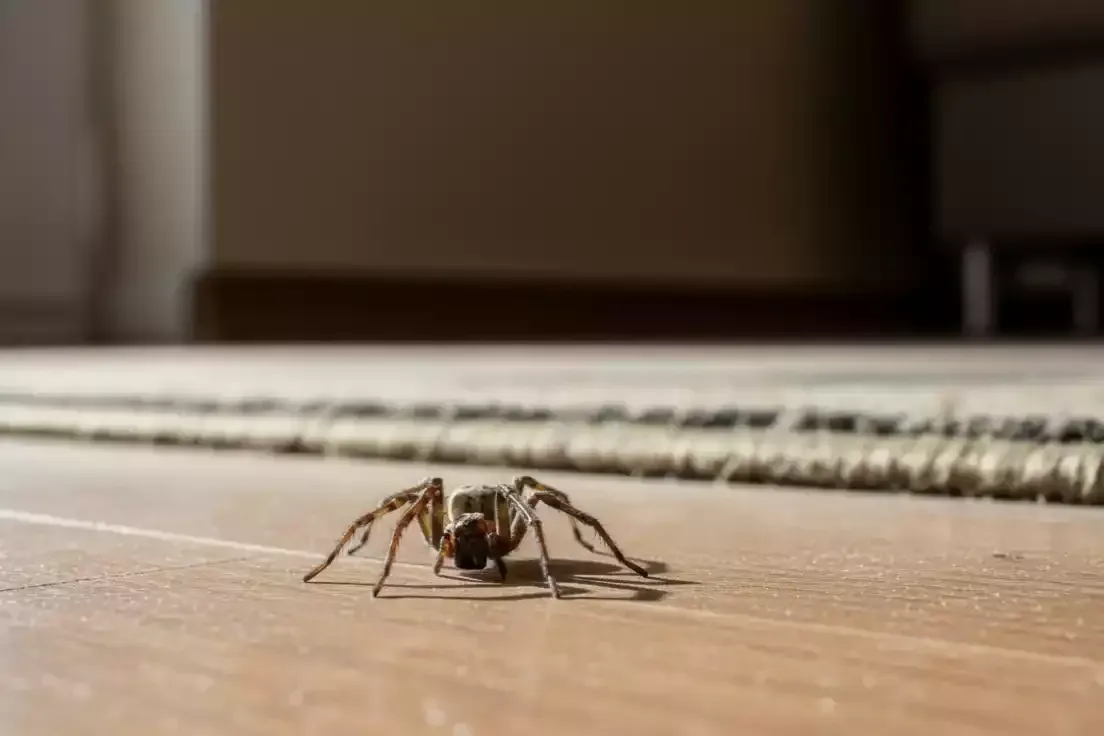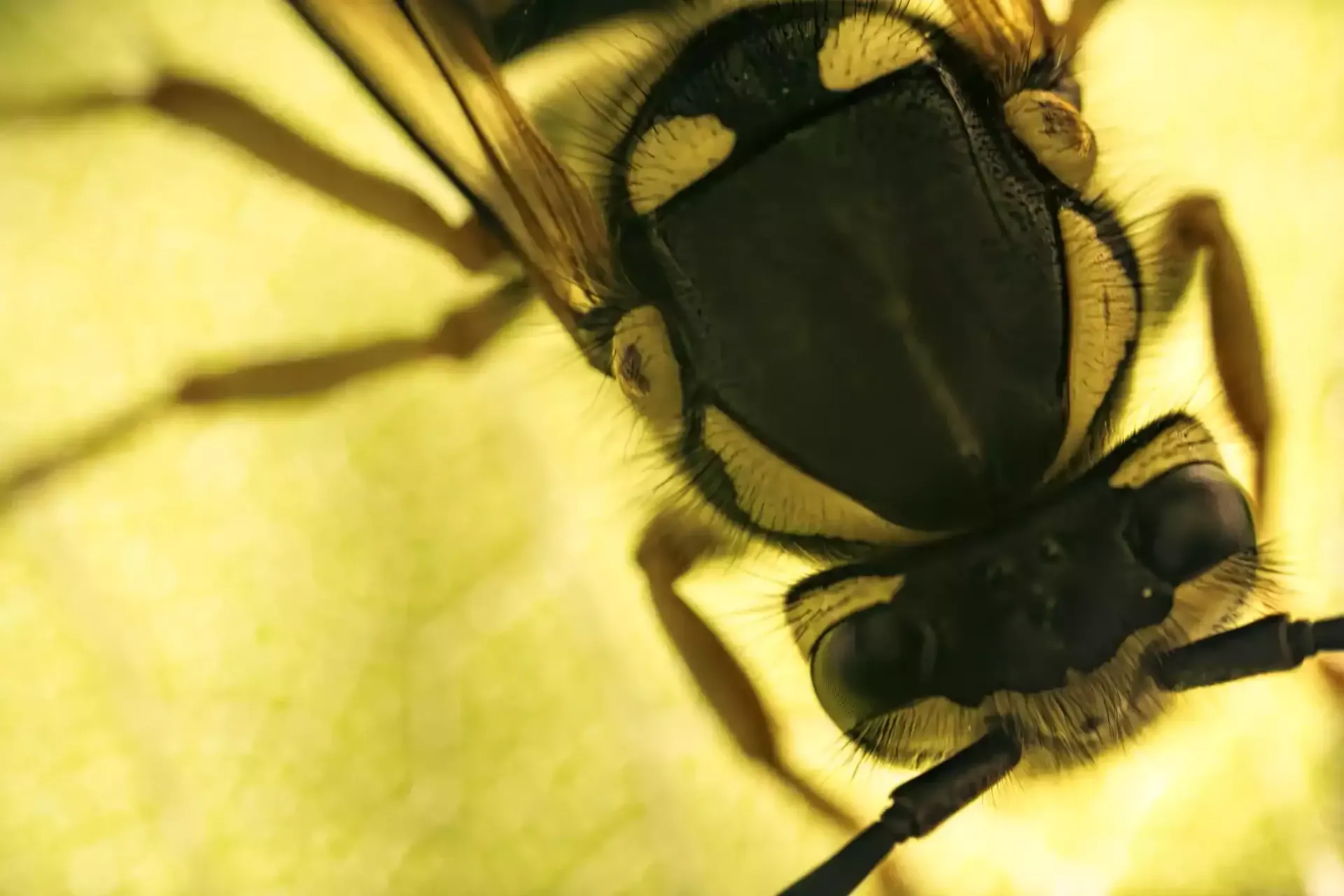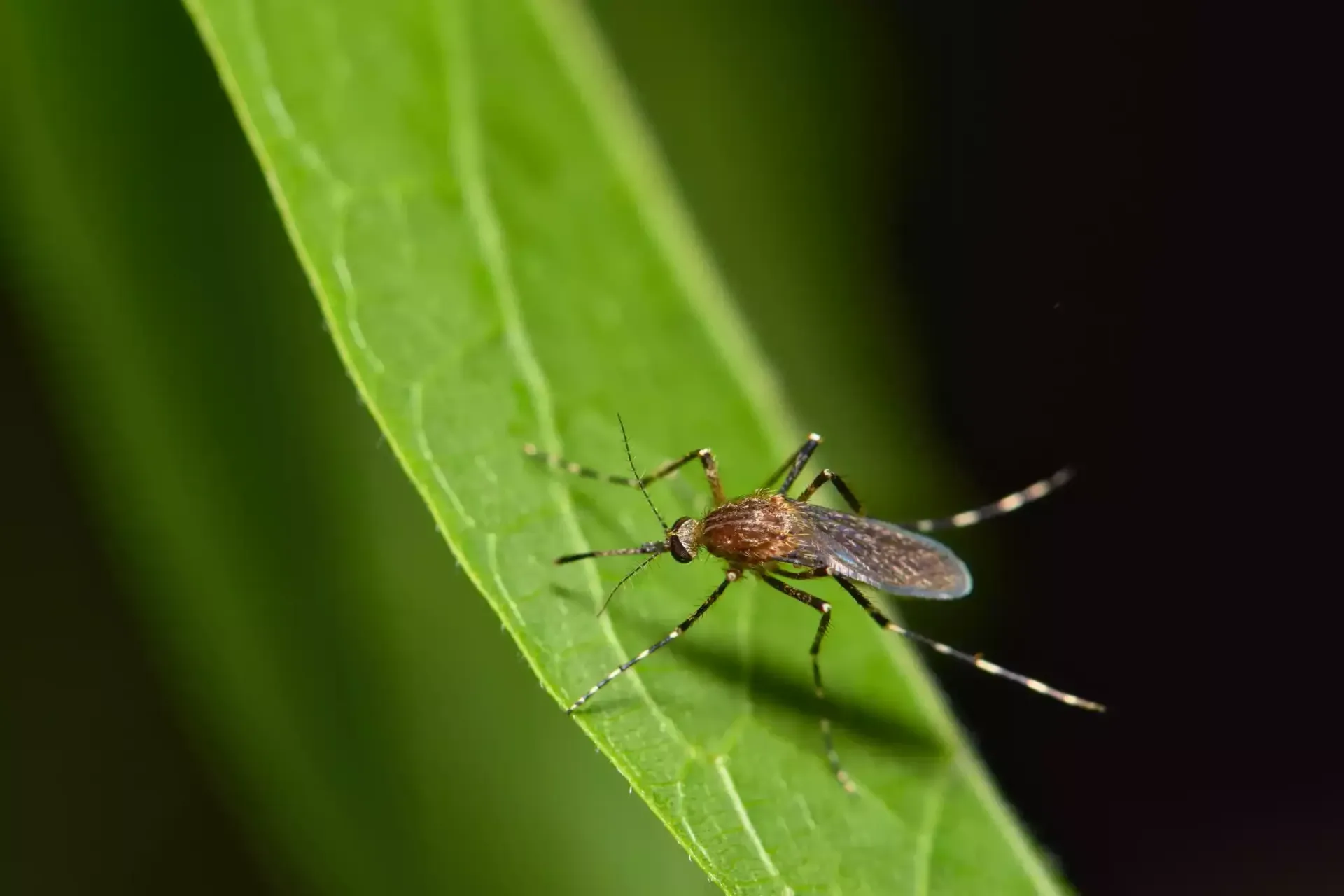Are Bed Bugs and Fleas the Same Thing?
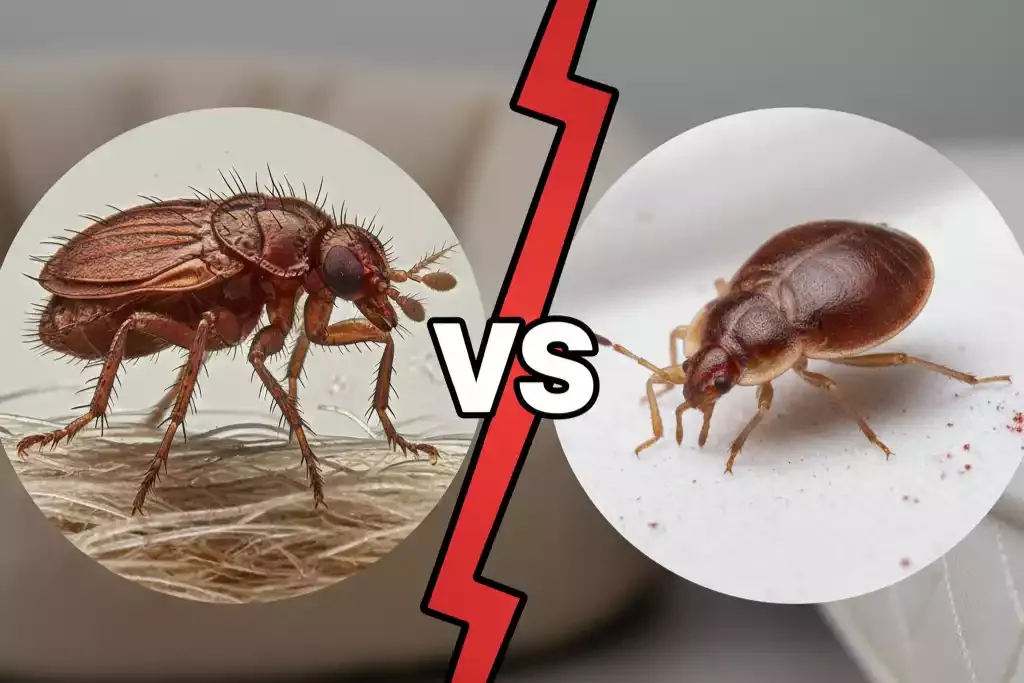
Noticing small bugs in your home or itchy bite marks on your body can be an unsettling experience. When these unwanted pests strike, many people wonder: are bed bugs and fleas the same thing? While both may cause irritation and disrupt your peace of mind, these two pests are very different in how they look, where they live, and how they behave. Understanding the differences is the first step in identifying an infestation and finding the right solution. The more you know about these pests, the easier it is to protect your home, family, and pets from ongoing issues.
Here are a few tips from Restoration Pest Management to help you ID these pesky intruders and restore your peace of mind. Our team is your local source for flea and bedbug removal in Columbus.
Appearance
Bed bugs are small, oval-shaped insects that measure about the size of an apple seed. They are flat and reddish-brown in color, especially after feeding. Adult bed bugs are visible to the naked eye, but their eggs and young nymphs can be difficult to spot. Fleas, on the other hand, are much smaller (around 1/8 of an inch), with long back legs designed for jumping great distances relative to their size. Their bodies are darker, shinier, and more slender compared to bed bugs, and their movement is usually quick and erratic. While bed bugs tend to crawl slowly, fleas often appear to “disappear” with a sudden leap.
Habits and Behavior
Bed Bugs: These pests feed exclusively on blood, usually at night when humans are asleep. They prefer to hide in mattresses, box springs, bed frames, and furniture seams, coming out when they sense warmth and carbon dioxide. Bed bugs cannot jump or fly, so they rely on crawling to reach a host. They often spread from room to room by hitchhiking on luggage, clothing, or used furniture.
Fleas: Fleas also feed on blood, but they typically target pets like dogs, cats, or other warm-blooded animals. They can live in carpets, bedding, and upholstery, waiting to latch onto a host that walks by. Unlike bed bugs, fleas are excellent jumpers and move quickly, allowing them to travel easily between animals and people. Fleas can reproduce rapidly, with a single female laying up to 50 eggs per day, which makes infestations difficult to control without addressing both pets and the home environment.
Bites and Symptoms
Bed Bug Bites: Appear in clusters or lines, often on areas exposed during sleep such as arms, legs, and the neck. They may be itchy, red, and inflamed, and sometimes mistaken for mosquito bites. Because bed bugs inject an anesthetic and anticoagulant, many people do not feel the bites immediately. As their name suggests, bedbug infestations can lead to sleepless nights and untold psychological stress.
Flea Bites: Usually found on the lower legs and ankles, flea bites are small, red, and extremely itchy. They may have a red halo around the center. Flea bites can be especially problematic for sensitive individuals or pets who may scratch excessively, leading to hair loss or open sores.
Treatment and Prevention
Bed Bugs: Elimination requires professional pest control, as these pests are resilient and excellent at hiding. Heat treatments, chemical applications, and thorough inspections are often necessary. Prevention includes careful inspection of hotel rooms, avoiding secondhand furniture without inspection, and sealing cracks or crevices where bed bugs could hide.
Fleas: Treating both the environment and pets is crucial. Pet-safe flea treatments prescribed by veterinarians are essential to break the life cycle. In the home, thorough vacuuming, regular washing of pet bedding, and professional pest control treatments may be required. Because flea eggs can fall off pets and spread throughout the home, it’s important to treat all areas where pets spend time.
Eliminate Fleas or Bedbugs with Restoration Pest Management
Bed bugs and fleas may seem similar at first glance, but they are very different pests with unique challenges. Bed bugs primarily affect humans and thrive in sleeping areas, while fleas are typically tied to pets and spread quickly throughout the household. If you suspect either in your home, proper identification is key to effective treatment. Restoration Pest Management can help you determine the source of the problem, eliminate infestations, and provide prevention tips to restore comfort and peace of mind.
If you’re currently experiencing an infestation, contact our team immediately for safe, timely, and effective treatment.
